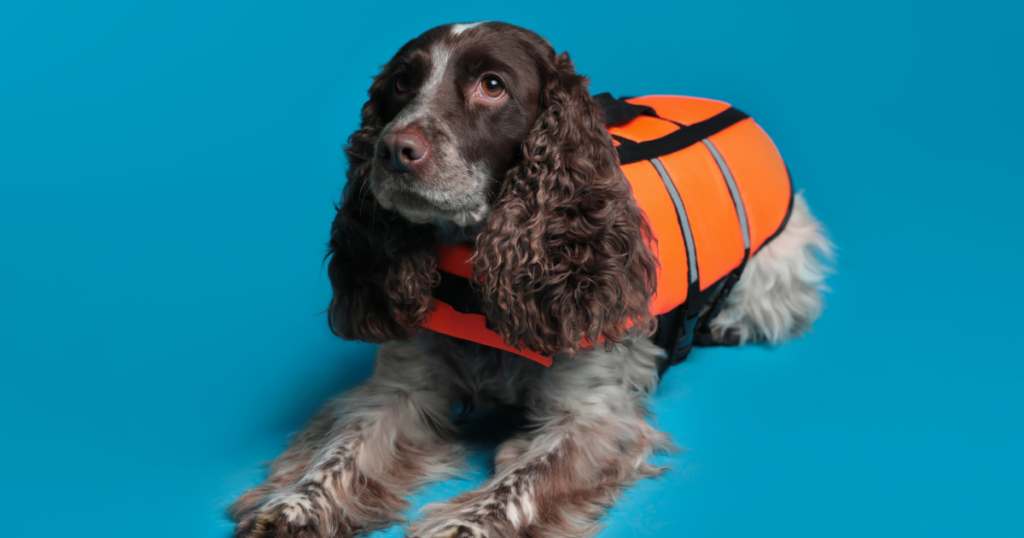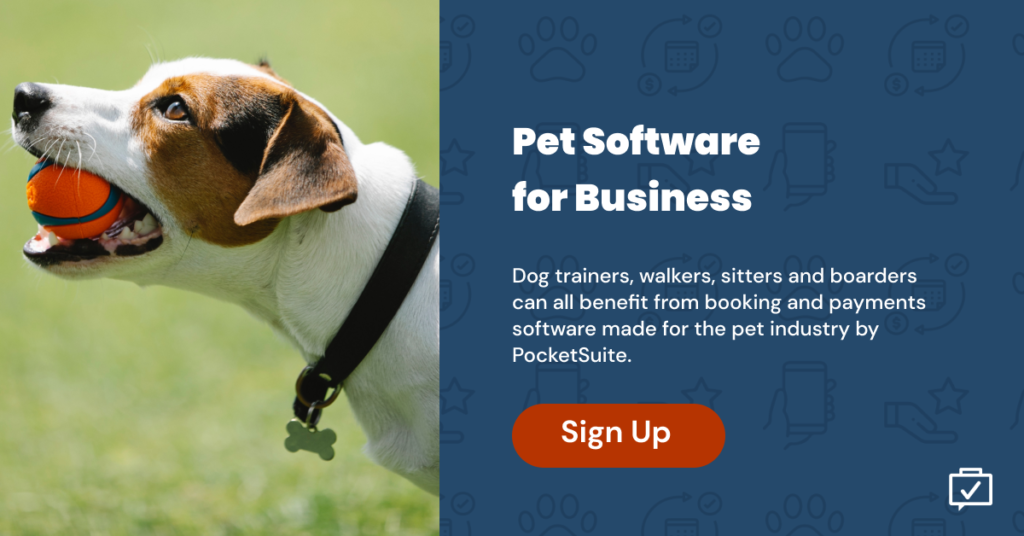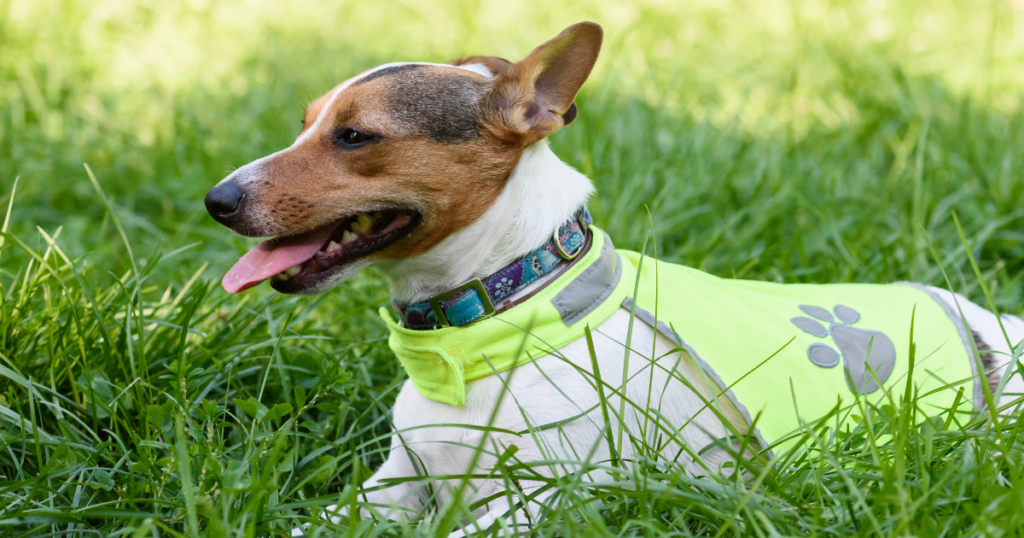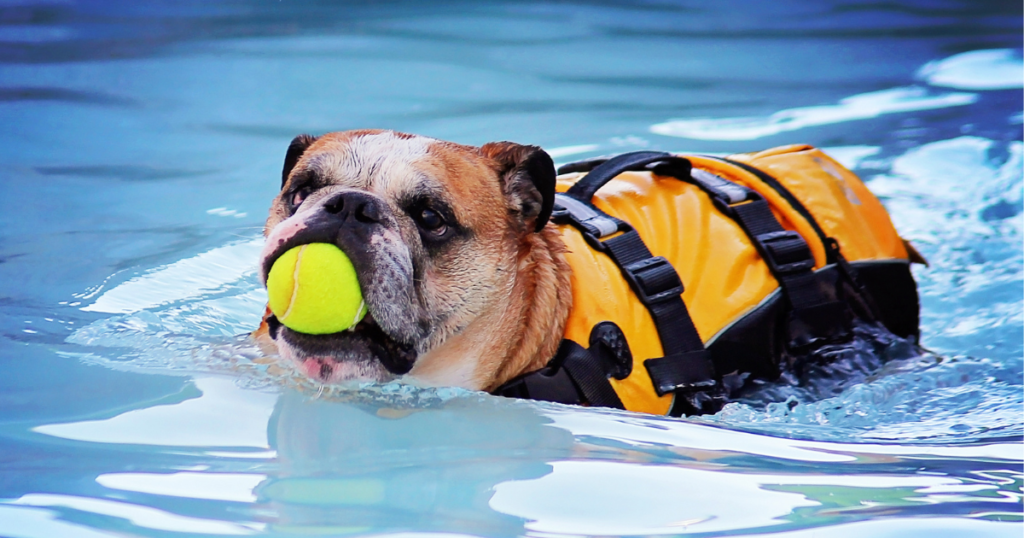
Dog vests are more than cute accessories, though that’s a perk! A good dog training vest can improve a dog’s mental and physical health, keep them safe, and make training 10x easier.
Most importantly, dog vests tell other people what they need to know about your client’s dogs: Are they safe to pet? Are they still in training? Are they service animals?
Your clients need to learn when and how to use a dog training vest. So, as their trusted trainer, you may have to step in.
And we want to help!
We’ve put together this quick guide to teach you when to recommend a dog training vest to clients and give you tips on choosing the right one.
Does Your Client Need A Dog Training Vest?
There are lots of reasons your clients should invest in a dog vest. They may need a reflective vest to take their pup for a late-night stroll or a cooling vest to prevent overheating during the summer. Then there are cases where they need a dog vest specifically for training.
Here are the main reasons you should recommend a dog training vest to your clients.
To Relieve Anxiety
Some dogs struggle with stress or fear that causes them to panic in public. (Been there!) They may get scared during a thunderstorm, car ride, or when other pets are around.
If your client is looking for ways to relieve their dog’s anxiety, a dog training vest is a great solution. Anxiety vests are slightly different from other dog training vests because they exert firm pressure on the dog’s torso to keep them calm.
It’s best to be informed about any problems the dog is having before your first session. After all, you need time to make a good recommendation. You can ask clients about their dog’s anxiety and medical history by adding an intake form to your custom PocketSuite booking page.

To Improve Physical Health
Some dogs struggle to lose or gain weight. But, your clients may not have time to give them as much exercise as they need. If that’s the case, help them by recommending a weighted dog training vest.
Weighted dog training vests can help build muscle, prevent obesity, and boost cardiovascular health. They follow the dog’s natural movements, so there’s no chance of hurting a playful pup. The dog gets an extra boost of health benefits during its regular playtime.
Make sure to consult with a vet before recommending a dog vest for health benefits. Weighted dog vests may not be a good option for dogs with specific ailments, like joint issues.
To Identify A Service Dog
If you’re a service dog trainer, you know how rigorous (and expensive) the training process can be. Make the time, money, and effort worth it by encouraging your clients to give their service dogs a vest.
Whether they’re a guide, mobility, or medical alert dog, service dogs must stay focused, especially when they’re still in training. Strangers can disrupt their progress or put your client in danger by trying to pet or feed their dogs.

Important: Service dogs aren’t required to wear vests. But it does signal to other people that this dog is working, helping a client with their disability, and should not be distracted.
Vests are also a good option for clients with emotional support dogs. A vest won’t give the dog the same rights to public spaces as service animals, but it will encourage folks to keep their distance.
To Give Clients Control
Your clients want to venture out in public with their dogs even when they’re still in training. As a dog trainer, you know that large crowds and an untrained dog can be a recipe for disaster. The dog might pull on their leash, lunge from one direction to the other, or get distracted by new scents and people.
You can take some pressure off your clients by recommending a dog training vest. Dog vests make it easy to keep a dog in line, whether in a public building or on a busy street. They’re perfect for puppies that are new to walking on a leash.
To Train Reactive Dogs
Some dogs aren’t friendly (totally fine!) or become aggressive when they’re scared. You can recommend a weighted dog training vest to help with behavioral issues. They can calm an aggressive or hyperactive dog. They make it easier for you to train the dog and for your clients to manage at home.
If a dog is still in behavior and obedience training, it’s also a good idea for them to wear a vest that signals this to strangers. A simple vest that says “Do Not Pet!” or “Give Me Space!” can protect your client, their dog, and any passersby.
Are Dog Vests Better Than Collars for Training?
Collars have lots of benefits, but vests are safer when it comes to training. Dogs can pull on a collar and move forward, making them feel like they’re in control and setting back their training. Dog vests discourage pulling.
Also, a collar attaches the leash to the neck, where the dog is more vulnerable to injuries. Clients can take the pressure off with a vest by attaching their leash to the dog’s back or chest. And remember that some dog-training collars use painful, inhumane practices to train the dog.

You may have trouble convincing clients to switch to a dog training vest from a standard collar. Here’s a compromise: Recommend a harness to your clients. Harnesses aren’t as full coverage as a dog training vest but offer more even weight distribution than collars. They’re comfortable for the dog and easier for the client to handle.
What’s The Best Dog Training Vest?
Dog training vests come in all shapes and sizes (and prices!). There’s no one size fits all approach here. And it’s crucial to pick the right one, so clients know they can trust your expertise and refer your business to their friends.
Typically, a good dog vest has the following:
- Lots of padding: You want to recommend a padded dog vest that’s comfortable to wear for long periods.
- Efficient fabric: The dog vest material should be light and breathable, like mesh. It should easily adjust to different weather, like rain or snow.
- Bright colors: It’s a good idea to recommend dog vests with bright and reflective colors. You want your client to keep their dog safe at night or spot their tiny pup quickly at a dog park.
- Adjustable straps: Size is super important. A vest that doesn’t fit can cause significant discomfort for the dog and do more harm than good. Recommend a dog training vest with adjustable straps and buckles that can grow with the dog.
Now you know how to recognize a high-quality dog training vest. Nice! It’s time to share your picks with your clients. You can sell dog vests directly to clients as stand-alone products on your PocketSuite booking page. If your clients buy quality vests directly from you, you know their pup is well-equipped to keep up with your training program. And you get some extra income!

The Bottom Line
A dog training vest is an excellent option for clients who need help training a reactive dog or want strangers to keep their distance. They also have significant benefits for dogs that struggle with anxiety or staying in shape.
Your clients count on you to look out for their dog’s well-being. Keep them coming back by offering expert advice on using a dog training vest.
You can let PocketSuite handle the rest. From booking to payments to contracts, PocketSuite offers all the features you need to run a successful dog training business.



